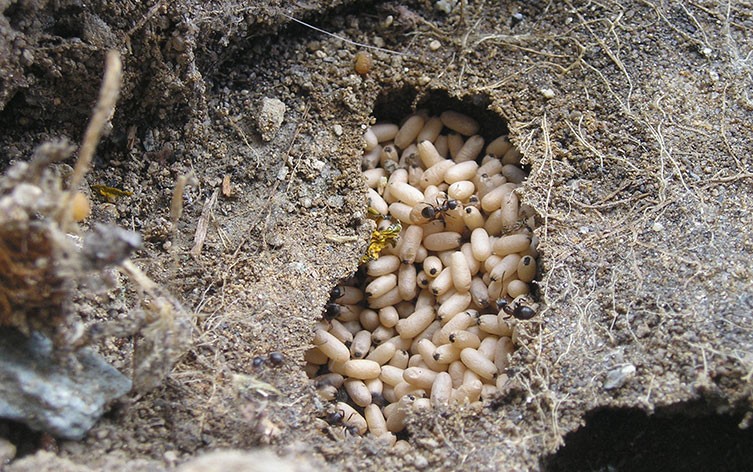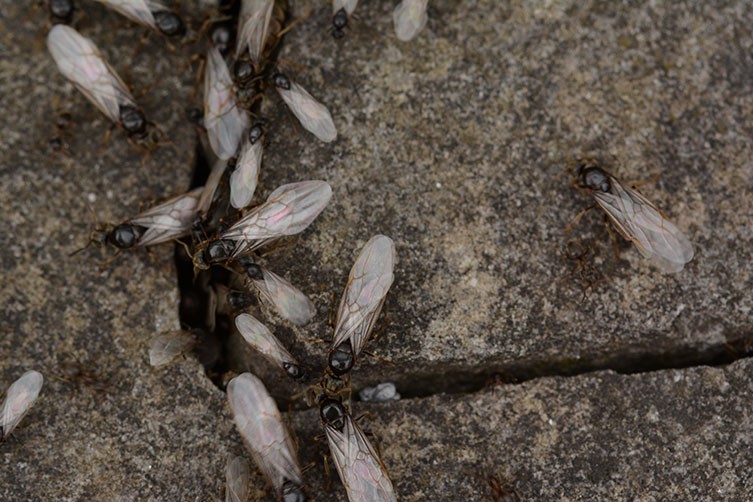Breaking news
What Are Flying Ants?

Ever seen a sunny day turn into an insect invasion with winged ants taking over the skies, sidewalks, and even
your cup of tea? That’s what we call Flying Ant Day. But let’s hit the brakes—what are these mysterious
creatures that seem to appear from nowhere?
These aren’t your everyday worker ants. They are referred to as alates—sexually mature ants equipped with wings, and
their mission is clear: Reproduce. Alleles are nature’s way of mixing up the ant gene pool. In the UK, the
main species you’ll see participating in these airborne antics is the black garden ant (Lasius niger). These
guys are everywhere, from city parks to backyard patios.
Alates come in two types: males (drones) and females (virgin queens). The queens are noticeably
larger—up to 15mm long, while males are smaller, sleeker, and frankly, just along for the ride (and a single
purpose). The queens are destined for greatness—if they survive. The males? Not so much. Their lives peak
during the nuptial flight, and they die shortly after mating. Tough gig.
So next time you’re swatting them away from your sandwich, remember—they’re not pests out to ruin your
picnic. They’re just looking for love… and maybe a new home.
When Is Flying Ant Day?

Flying Ant Day isn’t a single, set date. It’s not marked on calendars or announced on the news, though maybe
it should be. Instead, it’s a spontaneous, weather-driven event that typically strikes between mid-July and August. But don’t let the word “day” fool you—this natural phenomenon can span several days, even
weeks, depending on location and weather.
What triggers this synchronized lift-off? Two words: heat and humidity. Ants wait for the perfect cocktail of
warm temperatures, low wind, and high moisture in the air. This combo creates ideal flying conditions, both
for visibility and for keeping their delicate bodies from drying out mid-air.
Interestingly, urban areas often experience swarms earlier than the countryside. That’s because cities
trap more heat—a phenomenon called the urban heat island effect. So while your country cousin may
still be ant-free, you might already be swatting away a sky full of six-legged lovebirds.
If you’re wondering how they all seem to launch at once, it’s no coincidence. Ants communicate through pheromones, and once one colony starts, others in the area follow. It’s like a natural flash mob, but with
wings and a mission to mate